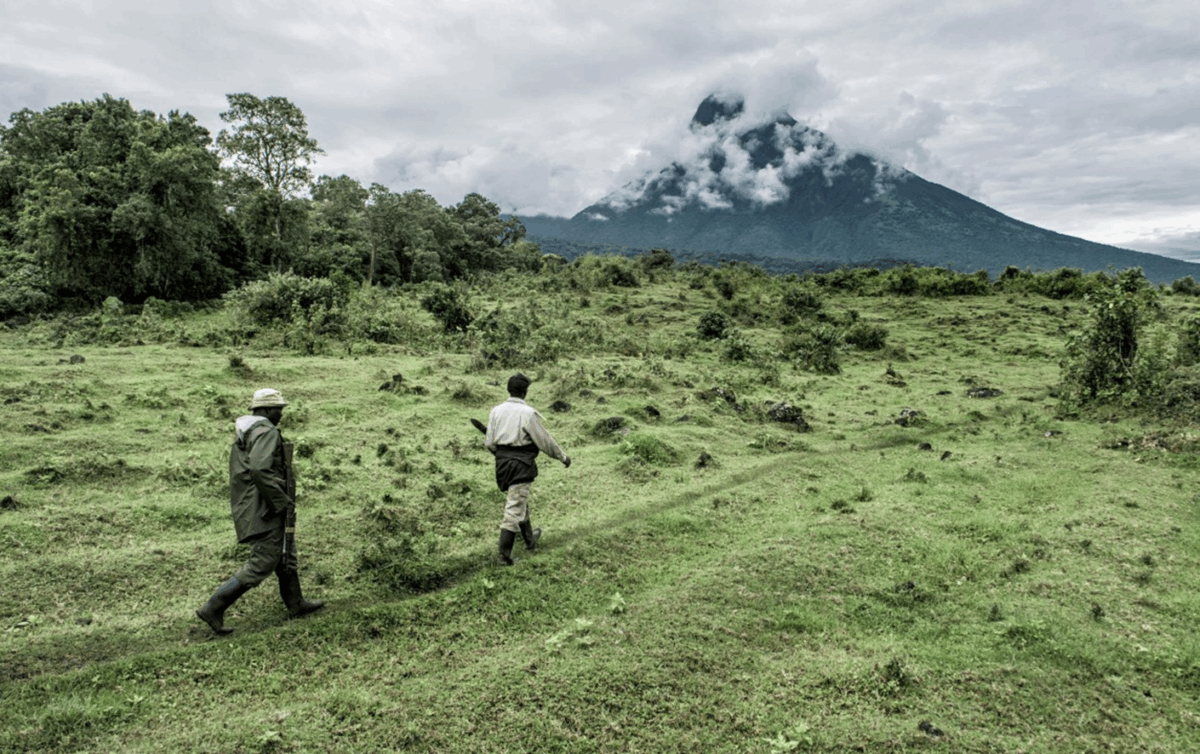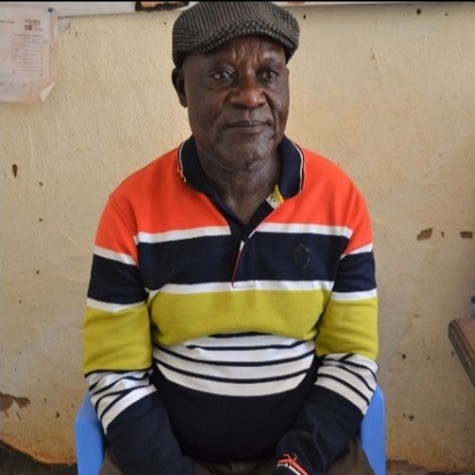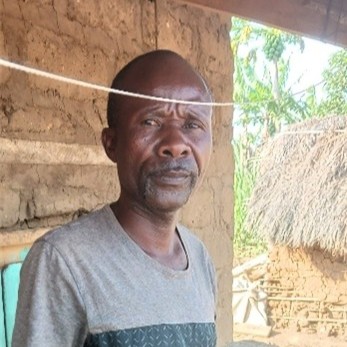Protecting Indigenous peoples’ rights and nature in eastern DRC: the role of peacebuilding
The Democratic Republic of Congo harbours more than 50% of Africa’s pristine tropical forests. These forests, many of which are part of protected areas and nature reserves, are also home to between 750,000 and 2 million Indigenous peoples. Yet, despite being the custodians of the country’s exceptional nature, they remain disproportionately affected by environmental degradation, displacement, and armed conflict – particularly in the eastern part of the country.
Climate change multiplies these threats even further. Unpredictable weather directly impacts how much food and water are available, forcing communities to move away from their traditional lifestyles. This, in turn, exacerbates local tensions and exposes them to increased risks of exploitation.
Conservation efforts and climate adaptation are crucial for protecting the DRC’s rich biodiversity and essential for the survival of the Indigenous peoples themselves. However, doing this work within the complex local context and in a way that respects Indigenous people’s rights is proving challenging.

Overcoming barriers to recognition
Jean-Pierre, an Indigenous man in eastern DRC, set out one morning to collect wood, a basic necessity for cooking food and building a family home. His arrest for doing this illegally in the protected area of Kahuzi-Biega National Park led to a swift trial and a three-month sentence.
However, even after serving his time, he remained incarcerated in the overcrowded Bukavu prison as he couldn’t pay $180 in court fees. Only when a local Indigenous leader, trained through International Alert’s Tulinde project, spotted his case and referred him for legal support, was he finally released.
The circumstances Jean-Pierre found himself in are not unique but relevant to understand. The rights of Indigenous peoples in DRC have been subject to racial discrimination and political underrepresentation in modern history. His story illustrates a few of the barriers these communities are still facing, including:
- Limited understanding of their legal rights and responsibilities due to almost no access to education and information
- Ongoing tensions over land use and natural resources aggravated by climate change impacts
- Competition with illegal mining operations
- Violence and displacement by armed groups
DRC’s recently-adopted legislation to protect Indigenous peoples’ rights provides a legal foundation for addressing decades of violations. But sustainable conservation and human rights protection require broader systemic shifts. This is where our peacebuilding work offers valuable insights.
Protecting the rights and environment
The Tulinde Haki na Mazingira Zetu project (Protect Our Rights and Our Environment) by International Alert and six partner organisations focused on sustainable protection of three conservation areas: the Kabobo Wildlife Reserve, the Kahuzi-Biega National Park, and the Okapi Wildlife Reserve.
Tulinde also ensured Indigenous people’s access to land, justice and social services in these areas. It achieved this by supporting cooperation between local communities, civil society, and authorities, and reducing the marginalisation of Indigenous peoples. In particular, Tulinde focused on:
- Promoting peace through dialogue and training
- Providing legal support and paralegal training
- Raising awareness about Indigenous peoples’ rights, especially for women
- Strengthening community leadership and inclusive governance
Addressing the crisis of rights and resources
Armed groups and militias illegally extract minerals like gold, coltan, and tungsten from indigenous territories and force communities to flee. Despite their land being exploited without their consent, Indigenous peoples receive no benefits from these activities.
When Indigenous peoples can no longer monitor or protect natural resources in their territories, ecosystems become vulnerable to uncontrolled exploitation and destruction. For example, Kahuzi-Biega National Park lost 1,171 hectares of its forest in 2023 alone – nearly three times as much as in previous years.
At the same time, intensified conflict in eastern DRC displaces civilians who have no other option left than to turn to protected forests for charcoal, firewood, and timber for survival. This also fuels competition between different communities for scarce natural resources, which can escalate into violence.
Tulinde provided spaces for communities to address local conflicts and assert their rights. Auso Sukari Pierre (pictured), chief of the Walese Dese chieftaincy, witnessed crucial transformations when these activities began.

Thanks to Tulinde’s community dialogues, he says, “Indigenous peoples and Bantus [another local community] now recognise they have the same rights and can sit down to discuss their problems and find solutions.”
A foundation for stability that, in turn, enables sustainable environmental action.
Solving the conservation paradox
In many parts of the country, Indigenous ancestral lands were turned into protected areas over the past decades. Thousands were forced to leave, and their access to those areas is now restricted by government agencies.
This “fortress conservation” approach – which tries to quite literally take humans out of nature – excludes local communities and can undermine livelihoods. There’s growing recognition of the conflict risks behind this approach.
When conservation agencies learn to understand, manage and resolve conflicts around access and use of resources in protected areas, they can successfully protect nature and uphold community rights.
The key lies in using approaches that support community participation and inclusive governance, alongside efforts to help them build climate-resilient livelihoods.
For example, arrangements that enable Indigenous peoples and local communities to legally co-manage forests and land together with government authorities can reduce conflicts and complement conservation efforts. In areas covered by the Tulinde project, the adoption of these collaborative approaches helped designate protected zones, areas for sustainable natural resource use, and for livelihoods. This allowed indigenous peoples to maintain their traditional practices while preserving the environment.
Building networks of justice and access
Too often, Indigenous communities do not feel confident to assert their rights and oppose the day-to-day mistreatment. Grassroots advocacy and legal empowerment helped change this.
Ngoy Joseph Buzito (pictured) serves as both village chief and a paralegal on the Bendera-Kalemie route in Tanganyika province. Tulinde trained paralegals in zones covered by the project, raised awareness of the availability of legal services, and supported Indigenous peoples in obtaining birth certificates – crucial to facilitate access to justice.

As a paralegal, Ngoy documents incidents affecting his community (e.g. land disputes, sexual abuse, torture) and escalates them to Justicia, a consortium partner and local NGO providing legal support.
Ngoy is already seeing these efforts bearing fruit. His community felt empowered to report the abuses they suffered to competent authorities.
In the past, there were more than 20 roadblocks installed by armed forces on the Kalemie-Bendera road that were collecting illegal fees at every block. Today, this requirement is no longer mandatory, and the number of barriers has been reduced.
Without partnering with the Indigenous peoples who have protected irreplaceable ecosystems for generations, conservation will fail. But with collaborative approaches that respect rights, share governance, and provide justice, a sustainable future is possible – one where human dignity and environmental protection are inseparable.






